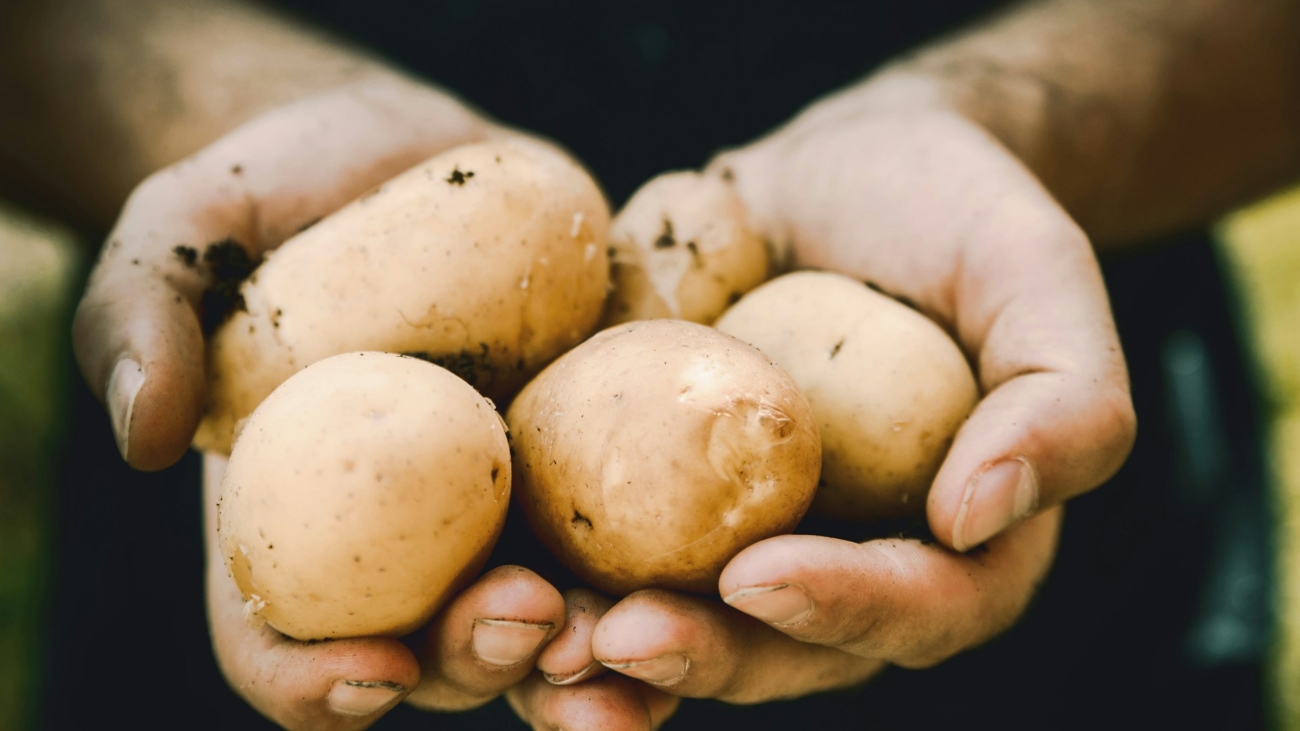As the demand for food continues to rise in India, ensuring a stable supply of essential crops like potatoes becomes increasingly critical. Potatoes are a staple in the Indian diet, playing a significant role in culinary traditions across the country. However, challenges such as disease susceptibility, short shelf life, and nutritional limitations pose significant hurdles to potato cultivation. To address these issues, leveraging biotechnological advancements can revolutionize potato farming, meeting consumer demands and reducing post-harvest losses.
Enhancing Nutritional Content
One of the primary goals of biotechnology in potato cultivation is to improve the nutritional content of the tubers. Traditional potatoes are a good source of carbohydrates, vitamins, and minerals, but there is room for enhancement. By using genetic engineering, scientists can develop potato varieties that are richer in essential nutrients such as vitamins A and C, iron, and zinc. Biofortification of potatoes not only makes them healthier for consumers but also addresses micronutrient deficiencies prevalent in many parts of India.
For example, developing potatoes with higher levels of antioxidants and essential amino acids can contribute to better health outcomes. These nutrient-dense varieties can be particularly beneficial in regions where dietary diversity is limited, ensuring that the population receives adequate nutrition from their staple foods.
Boosting Disease Resistance
Potato crops are susceptible to various diseases, such as late blight, which can devastate yields and lead to significant economic losses for farmers. Traditional breeding methods have made some progress in developing resistant varieties, but biotechnology offers a faster and more precise approach. Through genetic modification, scientists can introduce genes that confer resistance to common potato diseases, reducing the reliance on chemical pesticides.
Genetically engineered potatoes can be made resistant to viral, bacterial, and fungal pathogens, significantly improving crop resilience. This not only ensures a more reliable harvest but also reduces the environmental impact of potato farming by decreasing the need for chemical interventions.
Extending Shelf Life
Post-harvest losses are a major concern in the potato supply chain. Potatoes are perishable and prone to sprouting, bruising, and rotting, which can lead to significant wastage during storage and transportation. Biotechnology can help extend the shelf life of potatoes by delaying sprouting and enhancing their resistance to physical damage and microbial spoilage.
Genetic modifications can target the pathways responsible for sprouting and senescence, keeping potatoes fresh for a longer period. Additionally, by improving the structural integrity of potato tubers, biotechnological advancements can reduce bruising and other forms of physical damage that occur during handling.
Addressing Consumer and Farmer Needs
The application of biotechnology in potato cultivation directly addresses the needs of both consumers and farmers. For consumers, enhanced nutritional content and extended shelf life mean better quality and more reliable access to this staple food. For farmers, disease-resistant varieties translate to lower production costs and higher yields, providing economic stability and reducing the risk of crop failure.
Furthermore, these advancements can lead to the development of value-added potato products, such as fortified potato flour or processed potato snacks with enhanced nutritional profiles. This diversification can open new market opportunities and boost the agricultural sector’s contribution to the economy.
Ensuring Safety and Acceptance
While the benefits of biotechnological advancements in potato cultivation are clear, ensuring the safety and acceptance of genetically modified crops is crucial. Rigorous testing and regulatory oversight are essential to ensure that these new potato varieties are safe for consumption and the environment. Public awareness campaigns and transparent communication about the benefits and safety of genetically modified potatoes can help gain consumer trust and acceptance.
Conclusion
Biotechnological advancements hold the key to transforming potato cultivation in India, addressing critical challenges related to nutrition, disease resistance, and shelf life. By leveraging these innovations, India can meet the growing demand for potatoes, ensuring food security and improving the livelihoods of farmers. The future of potato farming lies in embracing science and technology, paving the way for a sustainable and prosperous agricultural sector.

